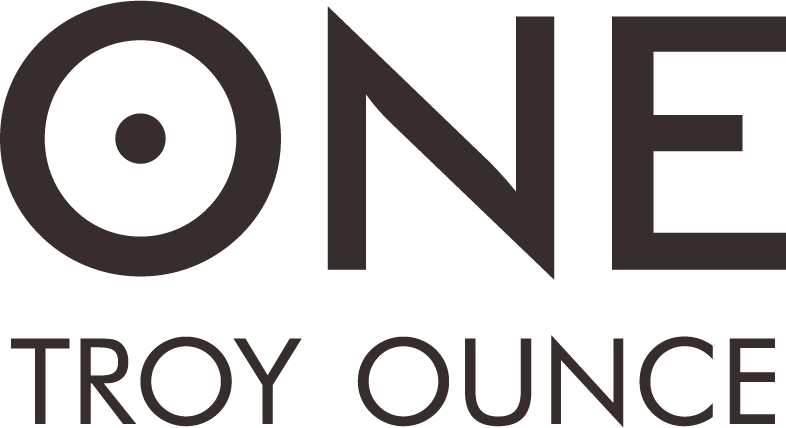Ireland has a rich and fascinating history, and gold has played an integral role in its cultural narrative. From prehistoric artifacts to the modern era, Ireland's golden treasures have captured the imagination and shed light on the nation's past. In this blog post, we'll explore the importance of gold throughout Irish history and delve into some of the most significant gold finds that have helped shape our understanding of Ireland's ancient civilizations and cultural heritage.
The Role of Gold in Irish History:
Ireland's relationship with gold dates back thousands of years, with archaeological evidence suggesting that gold was highly valued and utilized by ancient inhabitants for various purposes, including religious, ceremonial, and decorative. Gold objects have been discovered across the country, providing a unique insight into the lives and customs of the people who once called Ireland home.
Gold's rarity and natural beauty made it a symbol of power, wealth, and prestige, and it was often used to create intricate and elaborate artifacts that demonstrated the skills and craftsmanship of ancient Irish artisans. These gold artifacts have not only helped to shape our understanding of Ireland's past but have also contributed to the nation's rich cultural heritage, which continues to inspire and captivate audiences today.
The Most Important Gold Finds in Ireland:
- The Broighter Gold Hoard:
Discovered in 1896 in County Londonderry, the Broighter Gold Hoard is one of the most significant and impressive gold finds in Ireland. Dating back to the 1st century BC, this collection of gold artifacts includes a stunningly detailed model boat, a torc (a type of neck ring), two chain necklaces, and a bowl. The exceptional craftsmanship and intricacy of these objects suggest that they were made for ceremonial or religious purposes, perhaps as offerings to the gods.
- The Coggalbeg Hoard:
Unearthed in County Roscommon in 1945, the Coggalbeg Hoard consists of two gold discs and a crescent-shaped ornament known as a lunula. The hoard dates back to the Early Bronze Age (around 2,300-1,800 BC) and showcases the incredible skill and artistry of Ireland's ancient goldsmiths. The lunula, in particular, is a striking example of the Early Bronze Age goldwork, characterized by its thin sheet of gold and intricate geometric patterns.
- The Clonmacnoise Crozier:
The Clonmacnoise Crozier, discovered in County Offaly in the 19th century, is an exquisite example of the role gold played in Ireland's early Christian period. The crozier, a type of staff used by high-ranking church officials, dates back to the 11th century and is adorned with intricate gold, silver, and bronze decorations. The craftsmanship of the Clonmacnoise Crozier highlights the importance of gold in symbolizing religious authority and the skill of the medieval Irish goldsmiths.
- The Gleninsheen Gold Collar:
Found in County Clare in 1932, the Gleninsheen Gold Collar is an impressive example of a gold torc from the Late Bronze Age (around 800-700 BC). The torc, made from twisted gold bars, demonstrates the skill and expertise of Ireland's ancient goldsmiths. Torcs were likely worn as symbols of status and power, and the Gleninsheen Gold Collar provides a fascinating glimpse into the lives of Ireland's elite during the Late Bronze Age.
- The Derrynaflan Hoard:
Unearthed in County Tipperary in 1980, the Derrynaflan Hoard is a remarkable collection of early Christian artifacts, including an elaborate gold, silver, and bronze chalice, a paten (
a type of plate), a strainer, and a bronze basin. Dating back to the 8th or 9th century, these artifacts showcase the importance of gold in Ireland's religious and ceremonial practices during the early Christian period. The Derrynaflan Chalice, in particular, is a stunning example of the intricate metalwork and artistic skill of Ireland's early Christian goldsmiths.
- The Ardagh Chalice:
Discovered in County Limerick in 1868, the Ardagh Chalice is one of the finest examples of early Christian metalwork in Ireland. This ornate chalice, dating back to the 8th or 9th century, is made of silver, bronze, and gold and features intricate filigree patterns, enamel inlays, and detailed images of animals and humans. The Ardagh Chalice highlights the role of gold in the creation of religious artifacts and the importance of these objects in early Irish Christianity.
- The Mooghaun North Hoard:
Found in County Clare in 1854, the Mooghaun North Hoard is the largest known collection of gold artifacts from the Late Bronze Age in Ireland. The hoard, which consists of over 150 gold objects, including bracelets, neck rings, and dress fasteners, is believed to have been buried around 800 BC. The sheer quantity and variety of objects in the Mooghaun North Hoard illustrate the significance of gold in Ireland's Late Bronze Age and provide valuable insights into the society and culture of this period.
The importance of gold throughout Irish history cannot be overstated. As a symbol of power, wealth, and prestige, gold has played a central role in Ireland's cultural narrative, from prehistoric times to the early Christian period and beyond. The stunning gold artifacts that have been discovered across the country not only showcase the incredible skill and craftsmanship of Ireland's ancient goldsmiths but also provide a unique window into the lives, beliefs, and customs of the people who once called this enchanting island home. As we continue to uncover and study these golden treasures, we can gain a deeper understanding of Ireland's rich and fascinating history, which continues to captivate and inspire audiences around the world.
If you liked this article you may like the following blog
Blog 13: Legalities of Buying, Owning, and Selling Gold in Ireland
You can also buy gold and silver on our Irish run online store www.onetroyounce.com
